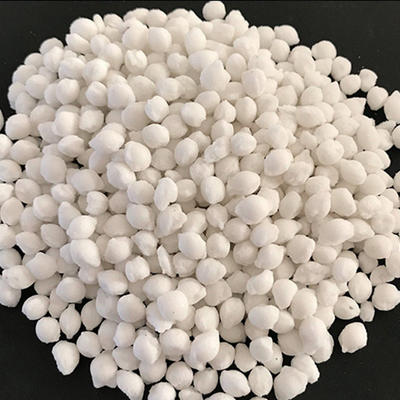As winter sweeps across regions, snowfall brings about a scenic charm but also poses challenges for daily life and transportation. In combating this wintry nemesis, the use of snow-melting agents becomes imperative. The question arises: what chemical is primarily utilized for snow melting, and why?

The preferred snow-melting agent, widely acknowledged for its efficacy and environmental compatibility, is none other than sodium chloride, commonly known as table salt. This simple compound, a staple in most households, plays a crucial role in snow removal due to its inherent properties.
The Science Behind Snow Melting:
Sodium chloride, when applied to snow-covered surfaces, initiates a process that lowers the freezing point of ice and snow. This phenomenon is known as freezing point depression. As sodium chloride comes into contact with snow or ice, it dissolves into water and ions, creating a saline solution. This solution has a lower freezing point than pure water, causing the ice and snow to melt into liquid water, which can then be easily cleared away.
Environmental Considerations:
One of the key advantages of sodium chloride as a snow-melting agent is its minimal impact on the environment. Unlike some other chemical deicers, sodium chloride is not known to cause significant harm to vegetation, soil, or aquatic ecosystems when used in appropriate quantities. It is also readily available and cost-effective, making it a preferred choice for municipalities and property owners responsible for snow removal.
Comparison with Alternative Chemicals:
While sodium chloride is the preferred snow-melting agent in many cases, other chemicals are also used for snow and ice removal. Calcium chloride and magnesium chloride are two examples of alternative deicers that are sometimes used in place of sodium chloride. These chemicals have lower freezing points than sodium chloride and can be effective at melting snow and ice at lower temperatures. However, they are often more expensive and may have greater environmental impacts, making them less preferred in certain situations.
Application Challenges:
Despite its widespread use and effectiveness, sodium chloride does have some limitations. In extremely cold temperatures, typically below 15°F (-9°C), its effectiveness as a deicer diminishes. In such cases, alternative deicing agents or mechanical snow removal methods may be necessary.
In conclusion, sodium chloride, or table salt, is the preferred snow-melting agent due to its effectiveness, availability, and minimal environmental impact. While alternative chemicals exist, sodium chloride remains the most widely used deicer for snow and ice removal. Understanding the science behind snow melting and the properties of different deicing agents is essential for effective snow removal strategies and minimizing environmental impact during winter weather events.